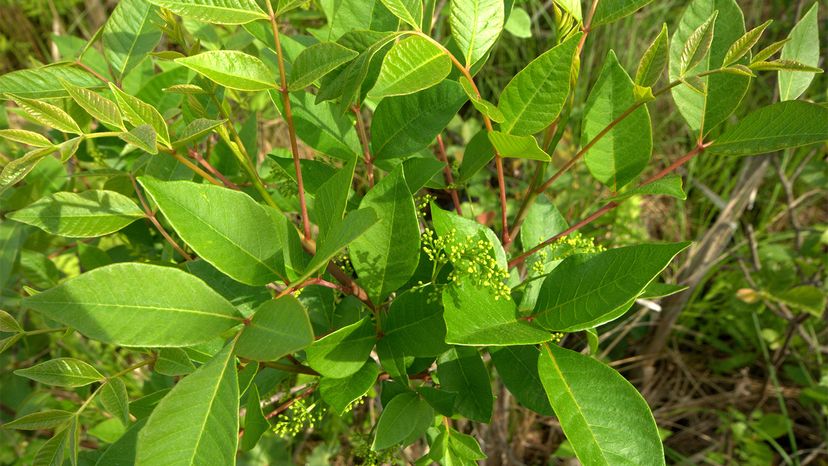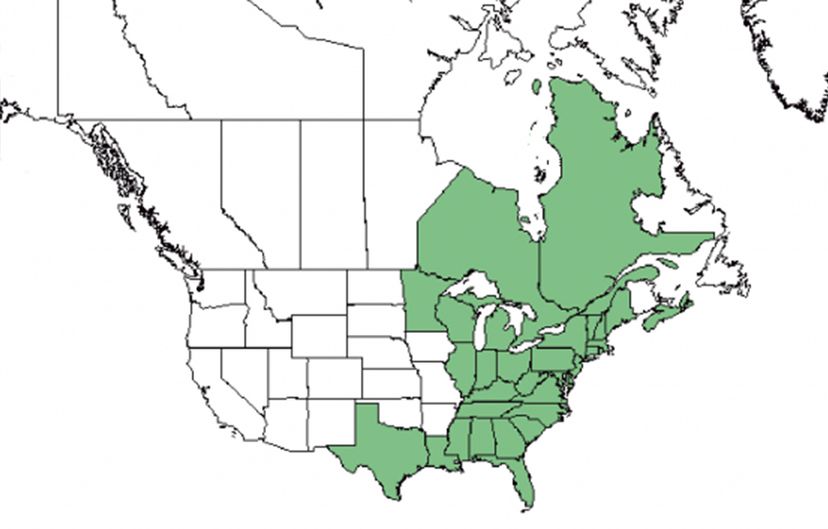Most symptoms of poison sumac appear a day or two after exposure, usually as an itchy, blistery rash. It can take as long as a week to show up, however, and can stick around for a week or two.
Most cases of poison sumac exposure can be treated at home using over the counter medications, however occasionally doctors need to get involved.
First, if you know that you've come in contact with the plant, immediately take steps to remove the oil from your skin. This can be accomplished by simply washing with warm, soapy water as soon as possible. If you don't wash it off you can end up transferring the oils to other body parts and exacerbating the damage. Immediately wash all clothes (separately from others) and clean off any tools that may have been exposed.
Poison sumac rashes are bad enough on their own, but they can be made worse or get infected by scratching, so refrain from seeking sweet relief by way of fingernails. Never pop blisters, and if they pop on their own leave them alone.
Consult a doctor if the rash is extremely large, or if the itching is completely unbearable. In particular, children who have a rash on their face, genital area or on a large area of the body should be seen by a doctor, as steroid treatment (cream, oral or injection) might be necessary to help with swelling and itching.
Otherwise, most cases can be treated at home with the help of short baths or showers. Make sure they're not too hot, though, as the hot water will make itching more intense. Hydrocortisone cream, calamine lotion, oatmeal baths, cool compresses and antihistamine tablets can also help relieve itching.
Learn more about poison sumac, oak and ivy in "Poison Ivy, Poison Oak and Poison Sumac: Identification, Precautions, Eradication" by Donald Mundell Crooks. HowStuffWorks picks related titles based on books we think you'll like. Should you choose to buy one, we'll receive a portion of the sale.


